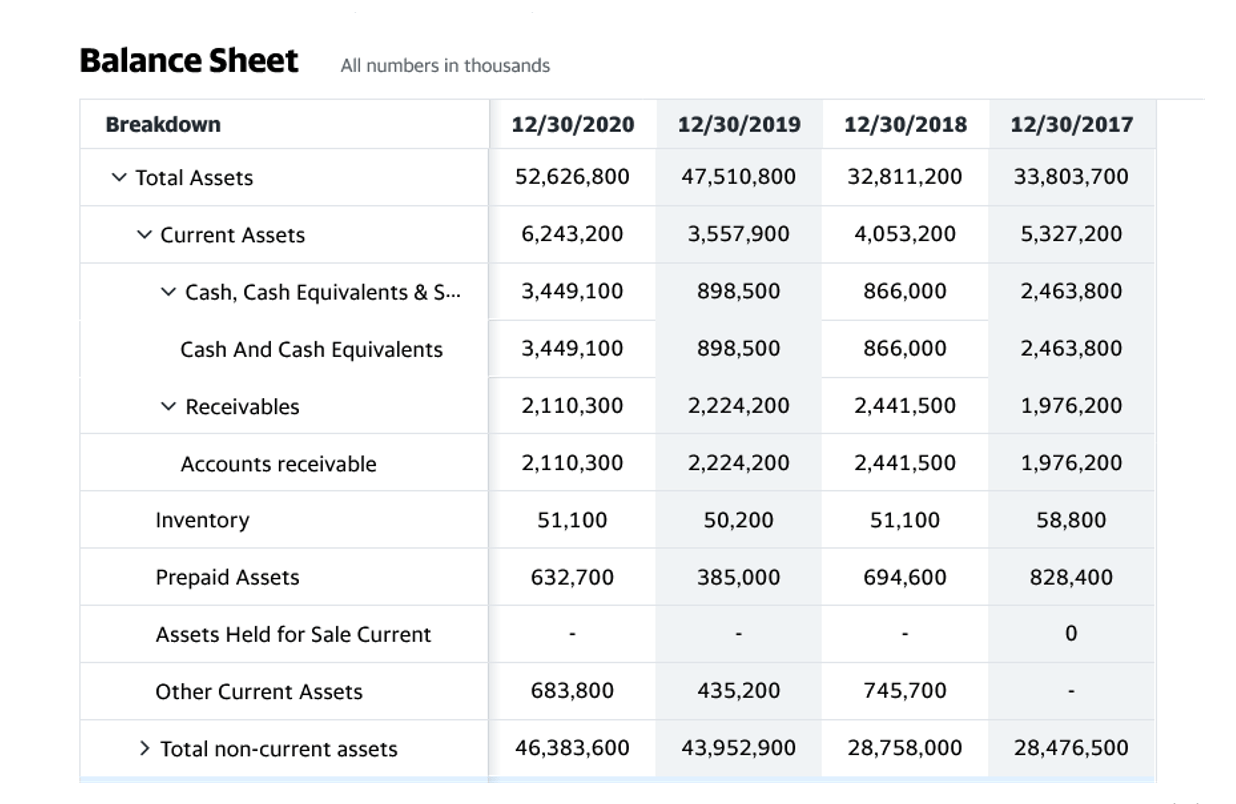
Therefore, the DDB method would record depreciation expenses at (20% x 2) or 40% of the remaining depreciable amount per year. As the salvage value is extremely minimal, the organizations may depreciate salvage value equation their assets to $0. The salvage amount or value holds an important place while calculating depreciation and can affect the total depreciable amount used by the company in its depreciation schedule.
How do you calculate an asset’s salvage value?
Say your carnival business owns an industrial cotton candy machine that costs you $1,000 new. It includes equal depreciation expenses each year throughout the entire useful life until the entire asset is depreciated to its salvage value. Then, it can calculate depreciation using a method suited to its accounting needs, asset type, asset lifespan, or the number of units produced. Companies have several options for depreciating the value of assets over time, in accordance with GAAP.
Determining The Salvage Value Of An Asset
If a company wants to front load depreciation expenses, it can use an accelerated depreciation method that deducts more depreciation expenses upfront. Many companies use a salvage value of $0 because they believe that an asset’s utilization has fully matched its expense recognition with revenues over its useful life. Double declining balance is the most widely used declining balance depreciation method, which has a depreciation rate that is twice the value of straight line depreciation for the first year. Use a depreciation factor of two when doing calculations for double declining balance depreciation.
Depreciation and Salvage Value Assumptions
This section will expand on the importance and application of residual value in current institutions. In the intricate sphere of finance and asset management, the scrap value is not merely a residual figure; it represents the latent potential of an asset nearing the end of its functional journey. Grasping this idea is crucial as residual value aids companies in making educated choices related to asset acquisition, depreciation, and disposal. You can still calculate depreciation without a salvage value; just put a $0 in any place where you need to enter a salvage value. Useful life is the number of years your business plans to keep an asset in service.
How is Salvage Value Calculated?
- It helps institutions determine the gradual decrease in value over time and appropriately allocate the asset’s cost.
- In lease situations, the residual value is the primary metric for determining how much a lessee pays in periodic lease instalments — the greater the useful life or lease period, the lower the residual value.
- It means that the asset will be depreciated faster than with the straight line method.
- It is calculated by subtracting accumulated depreciation from the asset’s original cost.
- For example, due to rapid technological advancements, a straight line depreciation method may not be suitable for an asset such as a computer.
- While technically more “accurate”, at least in theory, the units of production method is the most tedious out of the three and requires a granular analysis (and per-unit tracking).
For example, consider a delivery company that frequently turns over its delivery trucks. That company may have the best sense of data based on their prior use of trucks. Companies can also use industry data or compare with similar existing assets to estimate salvage value. For example, a delivery company might look at the value of its old delivery trucks for guidance.
Depreciation Formula
It helps institutions determine the gradual decrease in value over time and appropriately allocate the asset’s cost. By incorporating this concept into their asset management strategies, businesses can navigate the complexities of the market with greater clarity and confidence. By accurately determining the value, businesses can optimize their financial strategies, anticipate future costs, and allocate resources effectively. Say you own a chocolate business that bought an industrial refrigerator to store all of your sweet treats. You paid $10,000 for the fridge, $1,000 in sales tax, and $500 for installation. Be careful not to consider a similar asset’s asking price since, in most used-asset markets, things will sell below their asking price.
The salvage value provides insights into the potential residual worth of an asset and also assists organizations in making sound financial decisions, managing depreciation, and optimizing resource allocation. Recognizing their differences sharpens financial insights and promotes astute asset management. Although interrelated through the thread of depreciation, Scrap Value and Book Value play unique roles. The former gives a glimpse into an asset’s future worth, while the latter reflects its present financial standing. You can find this information by checking the details provided by the manufacturer, referring to industry standards, or reviewing historical data. These sources will give you valuable insights into the asset’s estimated value.
Determine Salvage Value

In accounting, an asset’s salvage value is the estimated amount that a company will receive at the end of a plant asset’s useful life. It is the amount of an asset’s cost that will not be part of the depreciation expense during the years that the asset is used in the business. Regardless of the method used, the first step to calculating depreciation is subtracting an asset’s salvage value from its initial cost. Salvage value is the amount for which the asset can be sold at the end of its useful life. For example, if a construction company can sell an inoperable crane for parts at a price of $5,000, that is the crane’s salvage value.

Salvage Value Calculator
Say you’ve estimated your 2020 Hyundai Elantra to have a five-year useful life, the standard for cars. Take a look at similarly equipped 2015 Hyundai Elantras on the market and average the selling prices. You can stop depreciating an asset once you have fully recovered its cost or when you retire it from service, whichever happens first. You’ve “broken even” once your Section 179 tax deduction, depreciation deductions, and salvage value equal the financial investment in the asset. Discover how to identify your depreciable assets, calculate their salvage value, choose the most appropriate salvage value accounting method, and handle salvage value changes. It just needs to prospectively change the estimated amount to book to depreciate each month.
